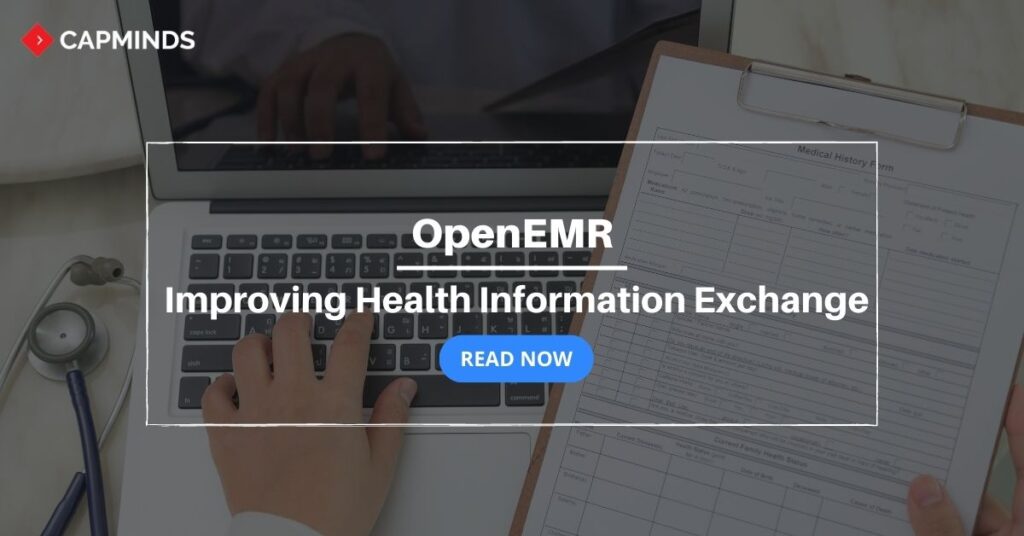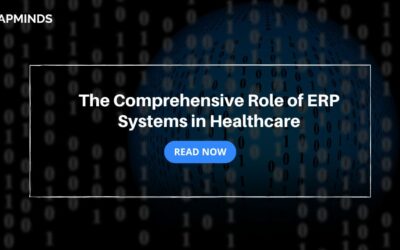Top 10 Roles of OpenEMR in Improving Health Information Exchange
As we all know, OpenEMR is an open-source electronic medical records (EMR) software that is designed to help healthcare providers manage patient records and streamline their workflow.
It is a comprehensive system that includes features for patient demographics, appointment scheduling, medical billing, clinical documentation, prescription management, and much more.
OpenEMR Development
It is said that the OpenEMR was originally developed by Synitech Incorporated organization and started in 2000. It explains itself as dedicated to the “adoption of open architecture in the medical industry, integrating a wide variety of medical records and a diverse network of nationwide billing companies”. OpenEMR was at the start developed by Synitech in 2001 as MP Pro. In 2002, it was redesigned to be HIPAA compliant and renamed to “OpenEMR”.
Over time, OpenEMR has evolved and grown, with contributions from a community of developers, users, and organizations around the world. The system is written in PHP and uses a MySQL database to store patient data. OpenEMR is licensed under the GNU General Public License and is free to use, modify, and distribute.
OpenEMR is widely used by healthcare providers worldwide, including hospitals, clinics, and private practices. Its user-friendly interface, flexible customization options, and extensive features make it a popular choice for healthcare organizations of all sizes. It continues to evolve and improve with new features, enhancements, and integrations.
RELATED: Psychiatry OpenEMR: Solving Top 5 Problems of the Specialty
What is Health Information Exchange?
Health information exchange (HIE) is the electronic sharing of healthcare-related information between healthcare providers, such as hospitals, clinics, pharmacies, and laboratories.
HIE allows for the secure exchange of patient information, including medical histories, test results, prescriptions, and other important health data, between different providers, allowing for better care coordination.
What is the Goal of Health Information Exchange?
The goal of HIE is to provide timely access to accurate patient information, regardless of where the patient received care. This can improve the quality of care and patient outcomes by giving providers a more complete picture of a patient’s health history and current treatment plan.
What facilitates Health Information Exchange?
HIE is facilitated by health information exchange networks, which are often operated by non-profit organizations or government agencies. These networks use secure protocols and standards to ensure the confidentiality and security of patient information during transmission and storage.
Role of OpenEMR in Improving Health Information Exchange
RELATED: Can large clinics use OpenEMR? [Top 8 challenges & shotgun solutions]
1. Centralized Patient Records
- OpenEMR provides a centralized location for healthcare providers to store and access patient health records, including medical histories, diagnoses, test results, and more
- This allows for seamless access to up-to-date patient information, regardless of where the patient received care
2. Improved Care Coordination
- By facilitating the sharing of patient information, OpenEMR can help improve care coordination among different healthcare providers
- This allows for a more comprehensive view of a patient’s health status and treatment plan
3. Real-Time Data Access
- OpenEMR can provide real-time access to patient information, allowing healthcare providers to make informed decisions quickly and efficiently
4. Secure Information Exchange
- OpenEMR provides secure information exchange, ensuring that sensitive patient information is protected during transmission and storage
5. Improved Patient Safety
- By allowing for better coordination of care and access to up-to-date patient information, OpenEMR can help improve patient safety and reduce medical errors
6. Enhanced Analytics
- OpenEMR provides robust analytics capabilities, allowing healthcare providers to analyze patient data and identify trends, gaps in care, and areas for improvement
7. Cost Savings
- OpenEMR can help reduce healthcare costs by streamlining workflows, reducing duplication of services, and improving overall efficiency
8. Patient Engagement
- OpenEMR provides patient portals and other tools that can help engage patients in their own care and provide them with access to their own health information
9. Compliance
- OpenEMR can help healthcare providers comply with regulatory requirements, such as HIPAA and Meaningful Use
10. Customizability
- OpenEMR is highly customizable, allowing healthcare providers to tailor the system to their specific needs and workflows, enhancing the overall effectiveness of the health information exchange
OpenEMR Services from CapMinds
CapMinds OpenEMR consigns clinicians with the best features and ways to integrate. It makes their workflows more efficient and filtered. The integrated features will allow them to combine the ability of patient record management with conceptual and concurrent reminders. This enhances the process of decision-making and improves patient care and quality.
Get the best technologies and HIPAA-compliant and efficient OpenEMR that can be tailored to fit your practice from CapMinds Technology. Our OpenEMR services facilitate a Modern User Interface (UI), customization, production support & training. Also facilitates billing, report & specialty enhancements, clearing house integrations, e-prescription, cloud, and more.
“Get the proven and perfect professional support for your OpenEMR”




